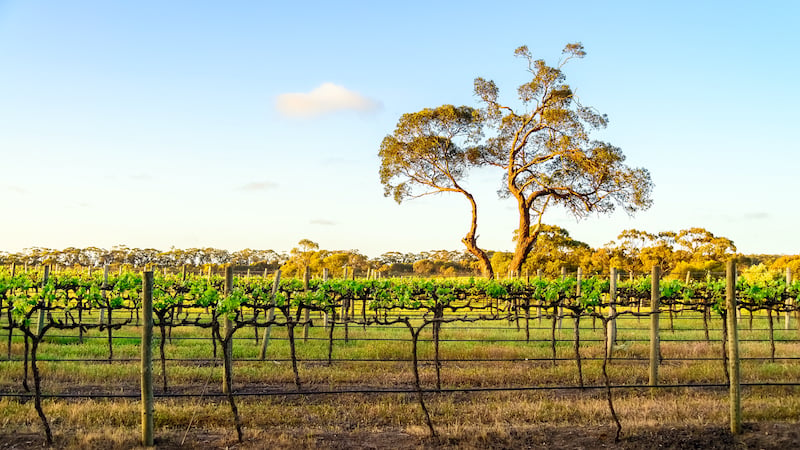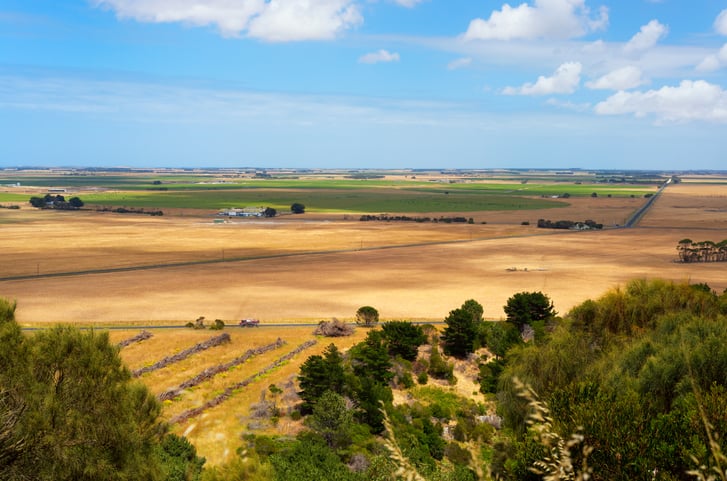South Australia takes the food, wine, and agribusiness sector seriously: it’s critical to the economy, and among the only types of manufacturing to see steady growth in employment and revenue over the past two decades. The state’s first AgTech Strategic Plan proposes to grow the sector to $23 billion by 2030—and calls for expanded adoption of precision technology to meet the goal.
David Basham MP, the Minister for Primary Industries and Regions (PIRSA), in South Australia puts it this way: “AgTech has the potential to make a steep change to the profitability and sustainability of agriculture in South Australia, as well as equip the community to overcome the challenges we will face in the coming years.”
Obstacles to adopting new technology on the farm
But equipping growers with precision technology is easier said than done, as evidenced in a survey of 600 farmers and industry professionals in the region prior to release of the strategic plan. The survey found that a majority of respondents were not using any form of precision technology on their operations. Some had previously tried and discarded technology that turned out not to suit their needs, and others said they lacked credible information about the tools available.

“Some common themes were brought to our attention with the survey,” says John Kelsh, AgTech extension officer at the Minnipa Ag Centre. After reviewing survey results and other information, the South Australian AgTech Advisory Group categorized the biggest obstacles standing between South Australian agriculture and more widespread adoption of precision technology.
- The return on investment for new technologies isn’t always adequate—or even clear. And even when farmers feel certain a technology would benefit their operation, the initial capital investment may be cost-prohibitive.
- Educational content to help farmers use new technologies effectively can be hard to come by. Conversely, companies developing new technology also find it difficult to find and work with “early adopters” to test and refine new products.
- Deployment of new technology can be especially difficult in remote areas, due to connectivity issues and lack of ongoing support and training.
Providing opportunities to test new technology
In weighing how best to respond to these challenges, the AgTech Advisory Group considered that farmers want to hear from others who’ve used new technology—and see concrete proof that the tools really work in the field.
“The AgTech industry is relatively immature, and producers prefer advice from trusted advisors and their peers,” John says. "Farmers like hearing from other farmers what works on their farms.”
With that in mind, the government is now operating AgTech demonstration sites where various precision tools can be evaluated in real-world conditions. AgTech companies—Ceres Imaging among them— supply their product and technical expertise, while the PIRSA AgTech program provides the land, facilities, crops, and extension resources to help farmers engage with research results.

The five AgTech demonstrations are spread across South Australia. The Loxton Research Centre is in the Riverland and focuses on citrus, stone fruits, almonds, and volume-based viticulture. The Nuriootpa Research Centre, meanwhile, grows grapes for premium wine. The Minnipa Agricultural Centre grows mainly cereal grains, and the remaining two facilities are conducting research on sheep herds and other livestock.
The value of accessible results
As demonstrations of different technologies are completed, data is displayed on dedicated web portals where interested producers can test-drive various technologies’ platforms. Extension programs provide additional education and training opportunities around the state.
“We see value in demonstrating technologies side by side, and highlighting the benefits of each technology, and driving home the fact that a lot of technology can be a fit for certain operations, and maybe not be a fit for others,” John says. “Using the data, and giving farmers the tools to decipher the technologies guides them towards the value of the technologies.”
For Ceres Imaging, among the first companies to get involved with the Loxton AgTech demonstration, participation in the program is in line with the top priority of ensuring the product serves growers. “To gain a deeper understanding of what producers are seeking from AgTech, and provide opportunities to integrate our product into farming operations, we felt that being part of this AgTech demonstration would allow us to gain valuable insights,” says Customer Success Manager Scott Gillett.
